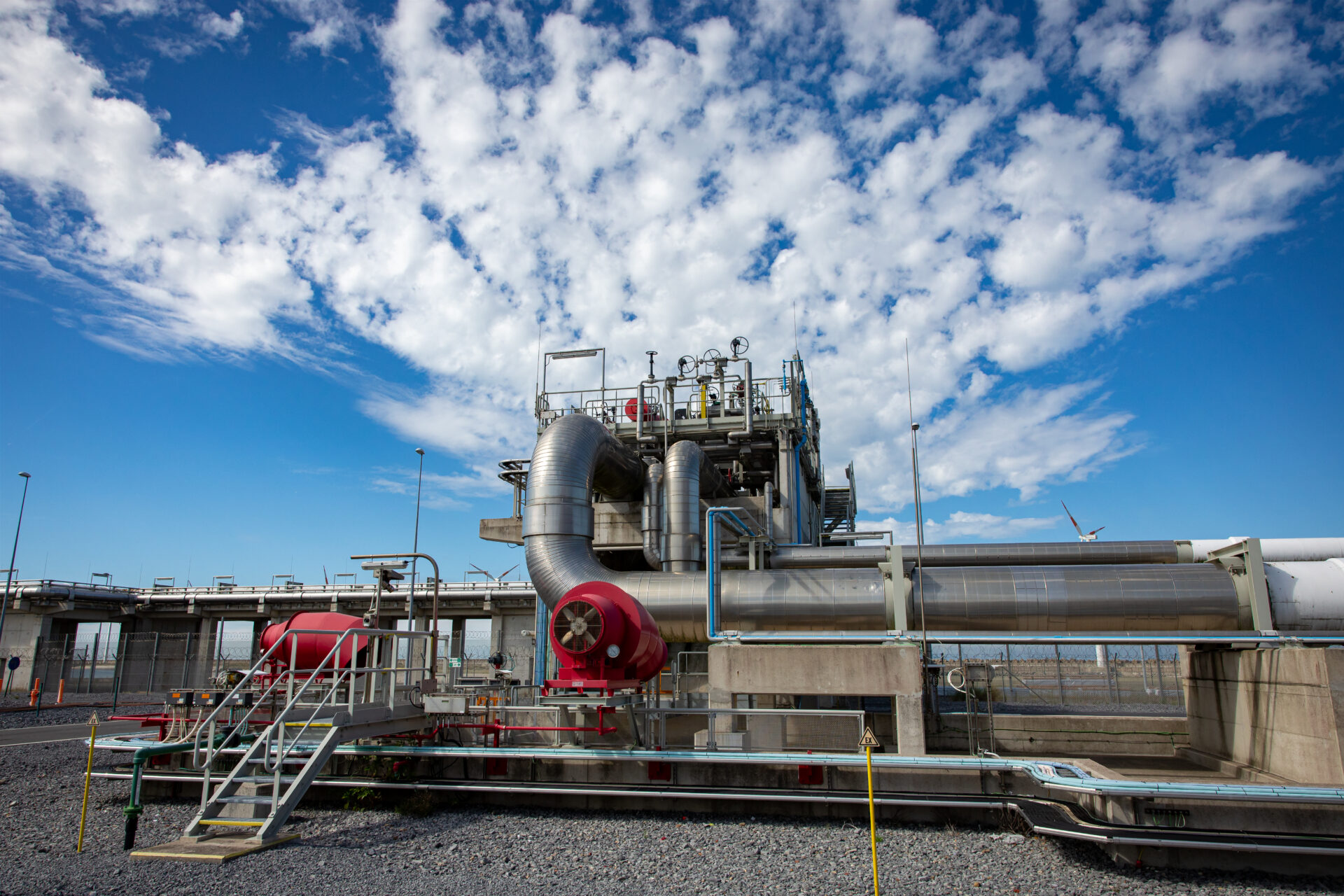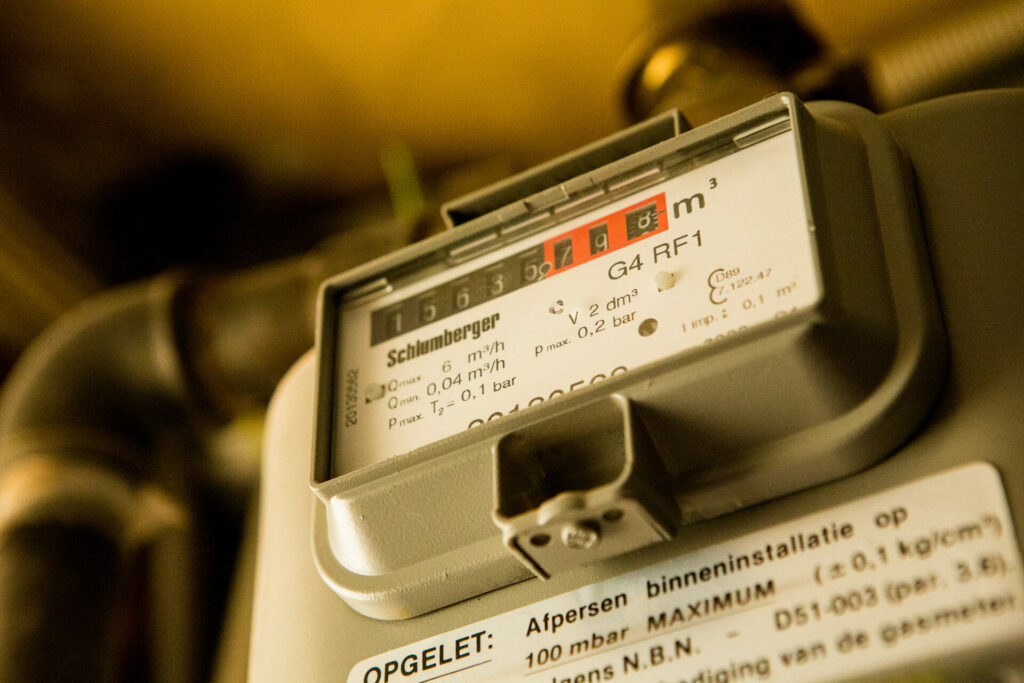Following months of urgent calls being made by Belgium and other EU Member States, the European Commission has put forward its proposal for a price cap. But the measure has had a mixed reception, with some concerned that the conditions necessary to trigger it undermine how effective it can be.
The legislative proposal has been expected for several weeks as EU leaders agreed on it in principle in mid-October. On Tuesday evening, the Commission agreed on its proposal for a so-called "Market Correction Mechanism" with the aim of protecting EU businesses and households from excessively high gas prices.
Since Russia's invasion of Ukraine, prices for liquefied natural gas (LNG) in Europe have broken records in recent months, with the month-ahead prices on the Dutch TTF, the EU’s main gas trading hub peaking at around €340 per megawatt-hour (MWh) in August this year. As a result, many EU Member States, including Belgium, repeatedly called for a general price cap.
"Gas prices in the EU have fallen since August thanks to demand reduction, mandatory storage filling, diversification of supplies and other measures proposed by the Commission in recent months," said Kadri Simson, Commissioner for Energy.
"But we have been lacking a way to prevent and address episodes of excessively high prices. Today, we propose to put a ceiling on the TTF gas price to protect our people and businesses from extreme price hikes as we saw in August."
How does the mechanism work?
From next week, Russia's state-owned multinational energy corporation Gazprom will once again curb gas travelling through Ukraine, at a time when temperatures are set to dip below average. in many countries. Fortunately, the long periods of above-normal temperatures that preceded this have ensured gas storage sites remained near complete, creating a buffer for the winter.
However, Gazprom's announcement reinforced calls for an upper limit for TTF prices. If the Commission's latest proposal is adopted at a meeting of EU energy ministers on Thursday (24 November), the mechanism can be put in place for a year and it will come into force if two triggers occur.

The Fluxys LNG-terminal in Zeebrugge. Credit: Belga/ Kurt Desplenter
The first condition is if the month-ahead prices on the Dutch TTF exceed €275 for two weeks, with the second being that TTF prices have to be €58 higher than the global LNG reference price for ten consecutive trading days within the two weeks.
If these criteria are met, the mechanism will be activated, preventing the trading of month-ahead products above the set price of €275. The price ceiling will be deactivated if prices drop or the global market prices also rise, closing the €58 gap. This means that, in theory, the measure would not come into place if the EU once again found itself in a similar situation as at the end of August.
No panacea
There have been long-term frustrations among some EU Member States regarding the Commission's slowness in making the proposal a reality. It remains to be seen whether those most against the price cap — Germany and the Netherlands — and those most supportive of a price cap – Poland, Belgium, Italy and Greece – will buy into it.
Even if the proposal is approved, the mechanism can be activated as of 1 January 2023. Meanwhile, the fact prices have to rise to this extent before the measure enters into force and that it is limited to only one futures product, further threw salt in the wound.
The cabinet of Belgium's Energy Minister Tinne Van der Straeten confirmed to The Brussels Times that it was discussing the proposal internally and would comment on it publically in the course of the day.
Related News
- Major energy specialist criticises Belgium’s plans to phase out nuclear power
- Von der Leyen warns of 'potentially difficult' gas supplies in 2023
The Commission itself was clear that the mechanism is not a silver bullet, but instead, one to be implemented if worse comes to worst, stressing the safeguarding aspect of the measure.
"This is not a regulatory intervention to set the price on the gas market at an artificially low level. It is a mechanism of last resort to prevent and, if necessary, address episodes of excessively high prices, which are not in line with global price trends," said Simson.
By setting the ceiling high, the Commission hopes to prevent the destabilisation of the market by constantly activating and deactivating it.
When in place, the cap will be constantly monitored "in case it increases gas demand, threatens the security of supply, jeopardises existing long-term contracts, or has unforeseen consequences on the EU’s internal market or intra-EU flows." If this is the case, the Commission can immediately suspend the price cap.

